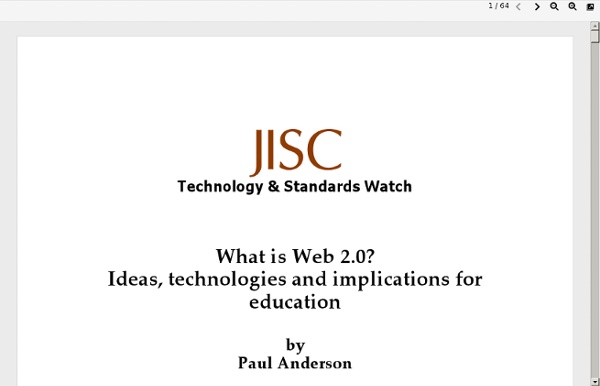



REFAD Scrapbooking, Greetings, Slideshows and More at Smilebox Accueil Web 2.0 Teaching Tools collimateur Michel de Montaigne Dans l’un de ses Essais (T1, chap. XXXV), Montaigne écrit ces lignes, qui prennent une coloration particulière à la lumière de ce que nous connaissons des réseaux sociaux aujourd’hui :« Feu mon père, homme d’un jugement très juste, pour quelqu’un qui n’avait que l’aide de son expérience et de ses qualités naturelles, m’a dit autrefois qu’il avait désiré instaurer un usage dans les villes [à savoir] qu’il y eut un lieu déterminé et bien indiqué où ceux qui auraient besoin de quelque chose pussent se rendre et faire enregistrer leur affaire par quelque employé installé à cet effet, comme par exemple : « je cherche à vendre des perles, je cherche des perles à vendre. Un tel cherche des compagnons de voyage pour aller à Paris ; un tel est à la recherche d’un serviteur ayant telle qualification ; un tel d’un maître ; un tel demande un ouvrier ; qui ceci, qui cela », chacun selon son besoin. Nouveaux médias de Radio France, présentation… par radiofrance ).
10 Awesome Tools To Make Infographics Advertisement Who can resist a colourful, thoughtful venn diagram anyway? In terms of blogging success, infographics are far more likely to be shared than your average blog post. Designing An Infographic Some great tips for designing infographics: Keep it simple! Ideas for infographic formats include: Timelines;Flow charts;Annotated maps;Graphs;Venn diagrams;Size comparisons;Showing familiar objects or similar size or value. Here are some great tutorials on infographic creation: Creating Your Infographic Plan and research.If required, use free software to create simple graphs and visualisations of data.Use vector graphic software to bring these visualisations into the one graphic. Ultimately, if you have a little design skill, the very best approach is to create all the simple graphs and illustrations yourself using vector graphic software. Free Online Tools For Creating Infographics Stat Planet Hohli Hohli is an intuitive, simple online chart maker. Creately New York Times Many Eyes Wordle Tableau
Mutations technologiques, innovation pédagogique et évolution du métier de formateur « … Nous allons droit aux choses et c’est secondairement que nous nous apercevons des limites de notre connaissance et de nous-mêmes comme connaissant » (Maurice Merleau Ponty). Naturellement addictes à la technologie … ? Si j’évoque le luddisme en parlant de mutations technologiques, n’allez pas croire que j’ai fait une faute de frappe. Pour l’instant revenons à mon luddisme avec 2 d. Si je parle du roi LUDD et de José BOVET ce n’est pas pour inciter des formateurs inquiets de l’intégration des NTIC dans les dispositifs de formation à casser leurs ordinateurs ou à arracher les fils qui en dépassent mais pour donner ma vision des évolutions que la technologie est susceptible d’introduire dans le métier de la formation. … et de plus en plus addictes ! Apparemment la mutation technologique à laquelle on assiste aujourd’hui n’engendre pas les violences de nouveaux rois LUDD. C’est vrai que d’une manière générale nous avons tous ou presque cédé à l’idée d’une technologie omniprésente.
PROBLEM BASED LEARNING DESCRIPTION As an MBA, you will have to be an accomplished problem-solver of organizational design and change situations. You will also have to be a self-directed learner your entire professional life, as knowledge in the field of management will change, and you will continuously be meeting new and unexpected challenges. The consideration of these factors such as these dictates the wisdom of a problem-based, student-centered, self-directed program that will allow you, the student, in collaboration with your group and instructor, to design an experience tailor-made to your individual needs. What Is Problem-Based Learning (PBL)? Problem-based learning (PBL) is an approach that challenges students to learn through engagement in a real problem. Problem-based learning is student-centered. Learning takes place within the contexts of authentic tasks, issues, and problems--that are aligned with real-world concerns. Where Did PBL Come From and Who Else is Using It? Why PBL? How Does PBL Work? Phase 1. Phase 2.
Problem-based learning Problem-based learning (PBL) is an exciting alternative to traditional classroom learning. With PBL, your teacher presents you with a problem, not lectures or assignments or exercises. Since you are not handed "content", your learning becomes active in the sense that you discover and work with content that you determine to be necessary to solve the problem. In PBL, your teacher acts as facilitator and mentor, rather than a source of "solutions." Problem based learning will provide you with opportunities to examine and try out what you know discover what you need to learn develop your people skills for achieving higher performance in teams improve your communications skills state and defend positions with evidence and sound argument become more flexible in processing information and meeting obligations practice skills that you will need after your education A Summary of Problem-Based Learning: This is a simplified model--more detailed models are referenced below. 1. 2. 3. 4. 5. 6. 7. 8.